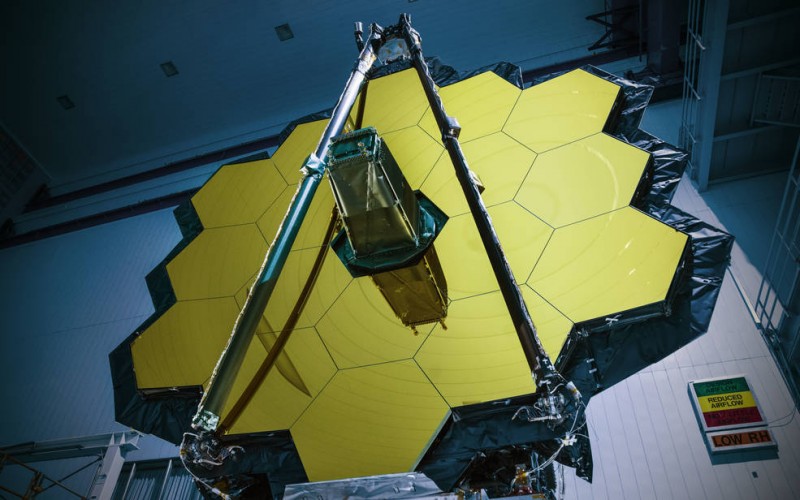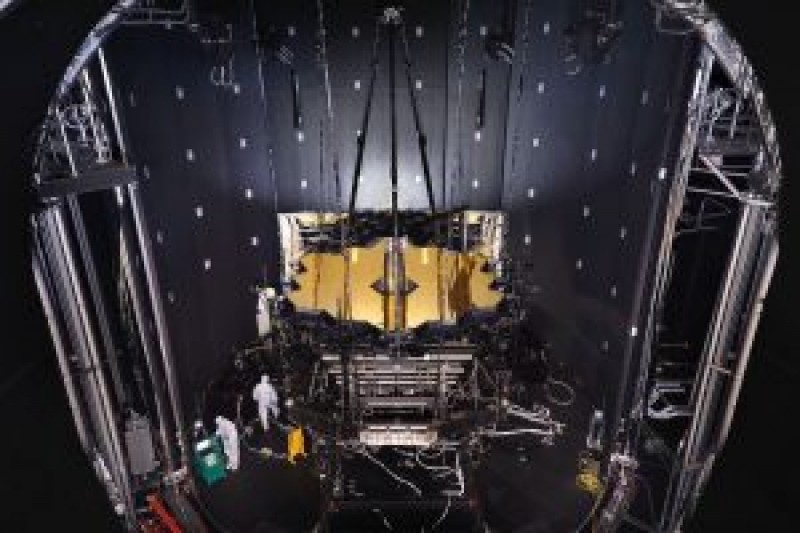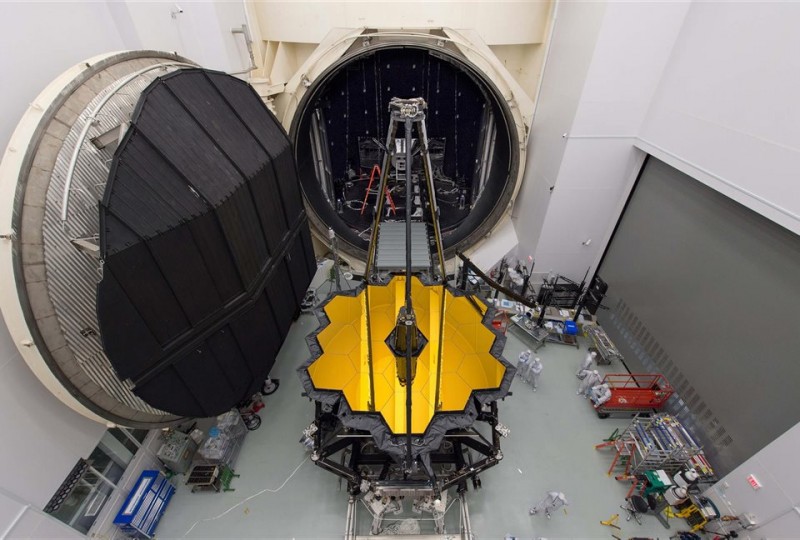The two halves of the James Webb Space Telescope (Webb) arrived at Northrop Grumman Aerospace Systems' Space Park facility in Redondo Beach, California, on Feb. 2, after being transported from NASA's Johnson Space Center in Houston, according to a statement from NASA. Later this summer, the optical telescope and integrated science instrument module (OTIS) will be combined with the Telescope's spacecraft element; together they will officially become the Webb observatory.

"This is a major milestone," Eric Smith, director of the James Webb Space Telescope program at NASA, said in the statement. "The Webb observatory, which is the work of thousands of scientists and engineers across the globe, will be carefully tested to ensure it is ready to launch and enable scientists to seek the first luminous objects in the universe and search for signs of habitable planets." [Building the James Webb Space Telescope: Hubble's Successor (Gallery)]

Both halves of Webb recently completed cryogenic testing in a thermal vacuum chamber housed at Johnson Space Center. The test was designed to make sure that the space telescope is able to function properly in the cold, airless environment of space.
OTIS traveled to California in a specially designed shipping container called the Space Telescope Transporter for Air, Road and Sea, which was loaded onto a U.S. military C-5 Charlie aircraft at Ellington Field Joint Reserve Base outside Houston. After arriving at Los Angeles International Airport, the space equipment was transported to Northrop Grumman's Space Park facility, where it will undergo further testing and assembly, according to the statement.



"It’s exciting to have both halves of the Webb observatory — OTIS and the integrated spacecraft element — here at our campus," Scott Willoughby, vice president and program manager for Webb at Northrop Grumman, said in the statement. "The team will begin the final stages of integration of the world's largest space telescope."
The Webb observatory will undergo in-depth observatory-level testing, NASA officials said in the statement.

Webb's infrared view will examine distant worlds around other stars and study the universe's first galaxies. It is slated to launch in spring 2019 from a European spaceport in French Guiana.
Source: Samantha Mathewson